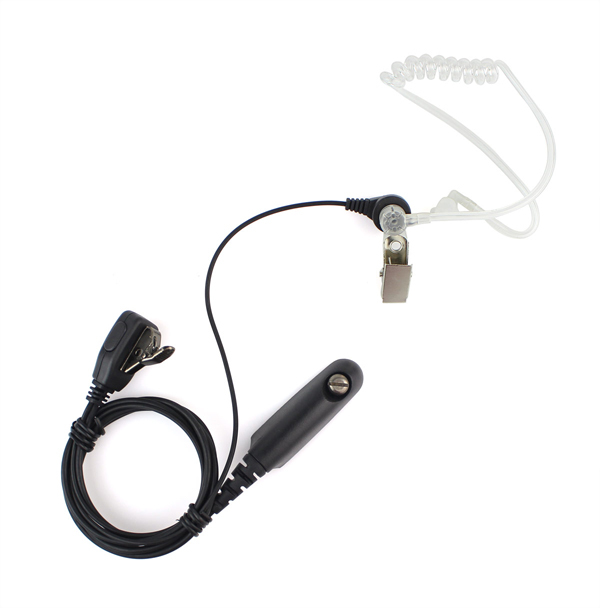February 29, 2016
Motorola 2 Way Radio Earpiece Connector Guide
Since the 1920âs Motorola has been leading the advancement of radio technology in more ways than one. From the battery eliminator created in 1928 to the worldâs first handheld public safety LTE device created in 2012, Motorola truly has been an innovator in the radio world.
There was one of Motorolaâs products that stood out and started paving the way for the Motorola brand name. That was their two-way radio systems. In 1978 Motorola introduced the RDX1000. This device was a portable data terminal. With a built-in keyboard and advanced transmitters, The RDX1000 made it possible for a person to share information, like inventory control, wirelessly with a central computer system. It is because of advancements and products like the RDX1000 that Motorola was awarded the National Medal of Technology twice.
Yet, even with being the one of the leading technological companies they still had their issues. For example, the connectors used for their devices, usually, were confusing and werenât universal like most of our tech is today. Yes, with being in the lead of the industry with innovative products they needed new forms of connectors and pieces that couldnât exactly be matched by other companies. To be more specific, the connectors to the Motorola earpieces came with their own specific confusions.
Over the course of the years, Motorola devices have had over 50 different types of earpiece connectors. Motorola earpieces are specific to their devices so the pieces chosen had to be precisely specific to the device it was being matched with. You can imagine, with over 50 different types of connectors, finding the correct corresponding puzzle piece that would fit was imperative. The confusion wasnât just limited to a small portion of the Motorola accessories. Motorola earpieces were different by model of the same device as well. With the earpieces you canât exactly go by looks either. Most of the earpieces look very similar with very subtle difference.
Even though some had connectors with very similar differences. Differences ranging from appearance and size of the connector to the type of material used in the pin of the connector itself. This confusion also spans over several different years of manufacturing as well. With connectors from earlier years being a small series of pins in lateral form that would only connect to the proper outlet with the proper series of pins. Or like the single pin connector that would only be in a specific size per model, you wouldnât exactly be able to take a Kenwood connector and confuse it with a Motorola 2-pin connector because on these connectors the pins are of a different size to the Kenwood. Some specific connectors can be understood considering the advancing of the technology as well as the device it connects to has some significance.
The importance of the device does have some control over the type of connector used as well. Because you donât want to issue and offer a radio and have to worry about it getting lost or stolen and being used for an inappropriate purpose. But, you would expect a device in the same model family to be able to connect or at least the connectors to be somewhat interchangeable. This isnât the case with Motorola radios. For example, The DP2400 two way radio takes a Clip on block style of connector. While the DP3400 responder radio has to have a Screw in Block  connector in order for the product to be used properly. Even though the station and responder radio are two different products, they share similarities and commonalities. Also you would expect them to share the same connector.
Unfortunately this is the case with many of the Motorola earpieces.